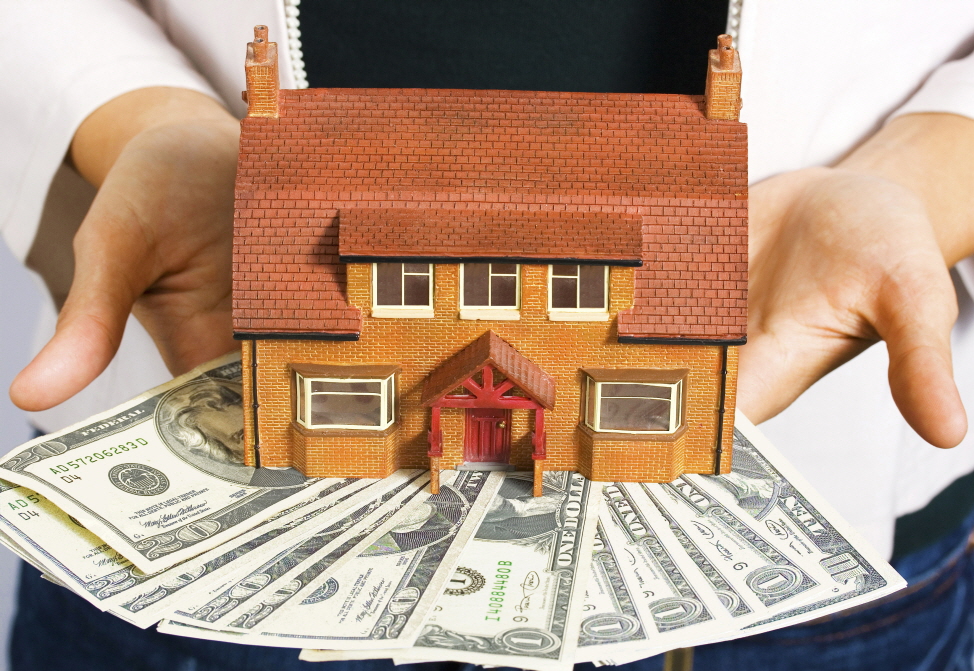
Welcome back to the three-part series: A Beginner’s Guide to Multifamily Investing. If you haven’t already, read Part 1: How to Buy a Multifamily Rental Property.
Why would you want to increase the value of your small multifamily investment property after you emptied your pockets just to purchase it?
First and foremost, you may be able to increase the rent and/or your property value, either of which will further increase your total borrowing power. With value-add investment, you have the option to implement any of the following strategies at a leisurely pace to improve your property incrementally over time. The associated expense is simply the cost of opportunity.
1. Make Repairs and Improvements
If you have an outdated property that needs cosmetic work or modernization, if you revive the property, it is likely that you could dramatically increase the rent. The rental income from outdated units will land somewhere between modern rates and those from its original era. But an upgraded unit can fetch market rates.
My own strategy is predicated largely on acquiring historic rental properties that need to be improved and then bringing them to the top tier of my local market rents.
2. Increase the Rentable Square Footage
If there are common areas in your property, it is very difficult to capture their true value in rent. Whether you give the key to the hallway closet to a tenant or open that space directly into one of the units, increasing the square footage of personal area will also allow you to increase your rentable square footage and total rental income.
3. Subdivide or Combine Units
This strategy can add value if a property is not the right size or configuration to suit the demographic makeup of its market.
If you have a 3,000 sq ft unit, you might consider splitting it into two 1,500 sq ft units. They will be easier to rent because the total monthly cost will be significantly lower to each tenant and will subsequently reach a larger segment of the population. This will decrease vacancy and may also increase your Gross Scheduled Income.
4. Decrease Expenses
Accounting, advertising, insurance, lawn maintenance, legal fees, licenses, property management, repairs, and maintenance all add up. Anything that you can do to decrease any of these expenses without sacrificing the quality of the property is all money in your pocket.
5. Pass Expenses to the Tenants
Because gas, water, and electricity are all consumable resources that can be used variably by tenants, it is appropriate to have them pay as much of their utility expense as the market will bear in your area.
If the infrastructure of your property is not already metered separately, consider doing so. There is an entire industry built around sub-metering behind your master meter to help allocate expenses to your tenants fairly.
6. Decrease Property Taxes
Property taxes fuel the public improvements that make your market a desirable place to live; you want to pay your taxes to keep this cycle flowing, but you don’t want to pay more than your share. If you are able to convince your local appraisal district to lower its book value of your property on the tax rolls, it will noticeably decrease your overall property tax expense.
Evaluate the properties surrounding your house that are similar to craft an argument that illustrates to the authorities how they have over-assessed your property in relation to your neighbors’ properties.
7. Tap Additional Sources of Income
There are a number of strategies to develop secondary sources of income from your rental property. Premium paid parking is an excellent example, as one of your tenants will certainly want to reserve the lone carport in your fourplex for their most treasured automobile. Invariably, shared resources in small multifamily properties are underused or abused if they are not valued fairly.
8. Raise Rent
If your rental rates are significantly below the rest of the market, you may be able to simply increase the rent at the next available opportunity. Even a 3% annual inflationary increase will add up over the years.
In the upcoming and final article of A Beginner’s Guide to Multifamily Investing, we will explore how you can multiply your rental property income over time by recycling equity and leverage.
Credit to Ben Bowman
Ben Bowman is an Architect, real estate agent, investor, and author at AssetsandArchitects

